46+ SAMPLE Landscape Contract Proposal
-
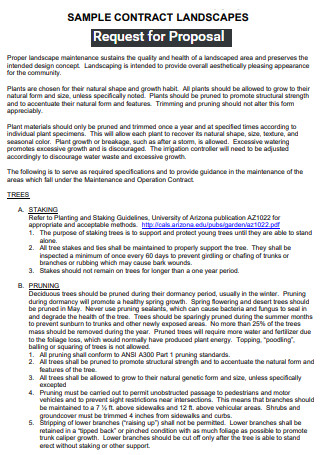
Landscape Contract Proposal
download now -
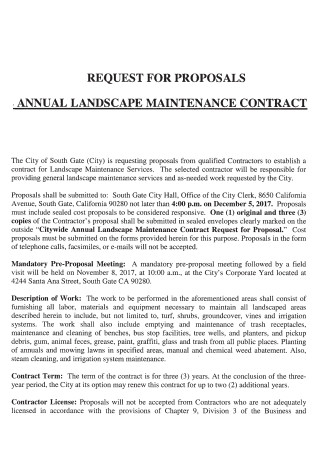
Annual Landscape Contract Proposal
download now -
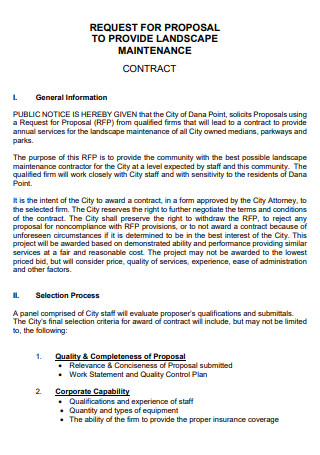
To Provide Landscape Contract Proposal
download now -
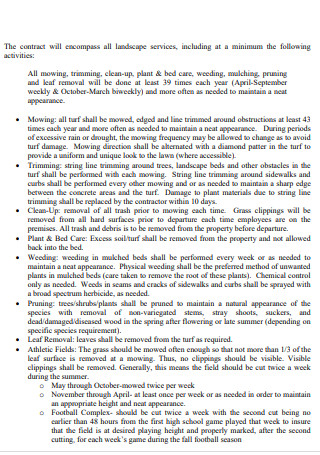
Sample Landscape Contract Proposal
download now -
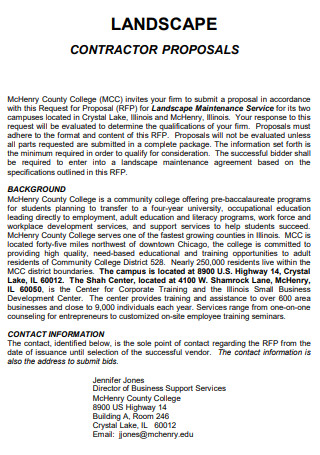
Landscape Contractractor Proposal
download now -
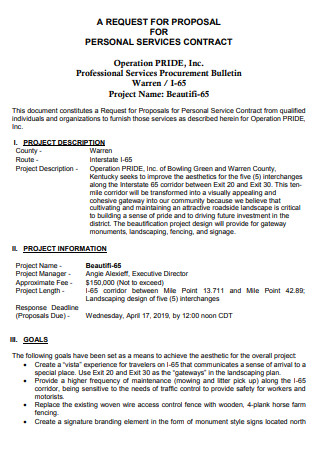
Landscape Design Contract Proposal
download now -
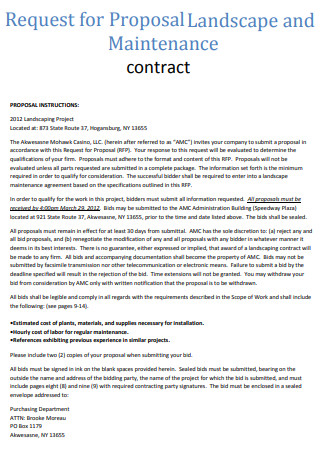
Landscape And Maintenance Contract Proposal
download now -
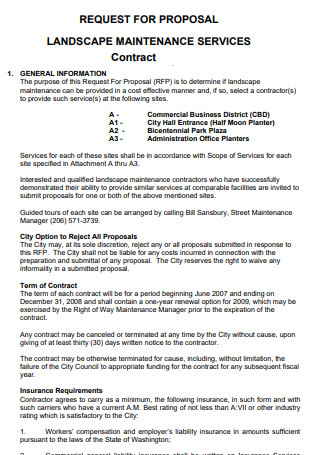
Landscape Maintenance Service Contract Proposal
download now -
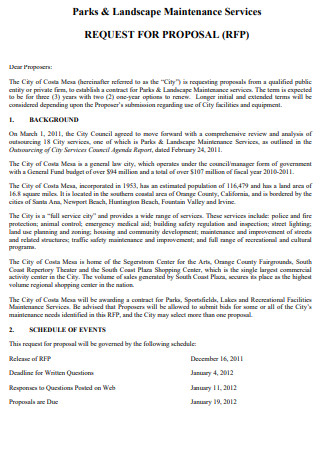
Parks And Landscape Contract Proposal
download now -
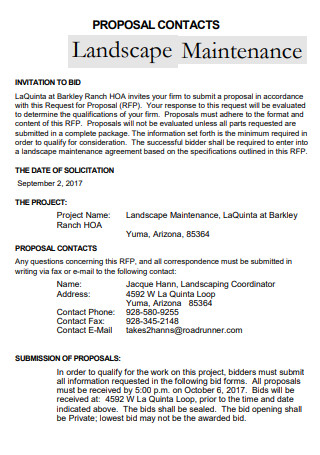
Landscape Maintenance Contract Proposal
download now -
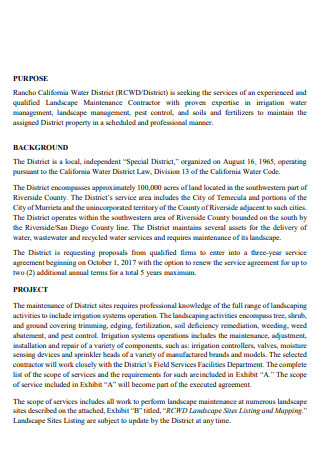
Qualified Landscape Contract Proposal
download now -
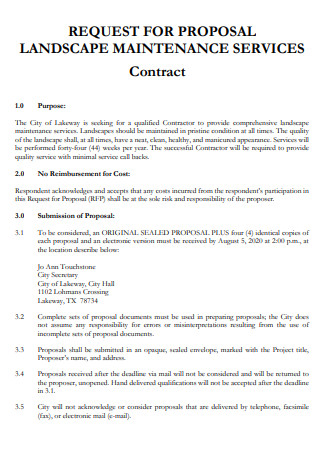
Landscape Services Contract Proposal
download now -

Landscape Contract Bid Proposal
download now -
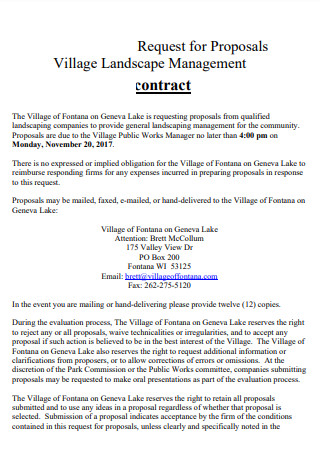
Landscape Management Contract Proposal
download now -
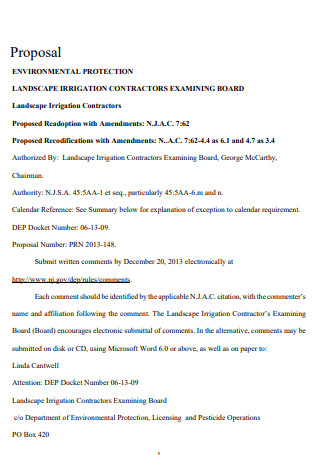
Landscape Irrigation Contract Proposal
download now -
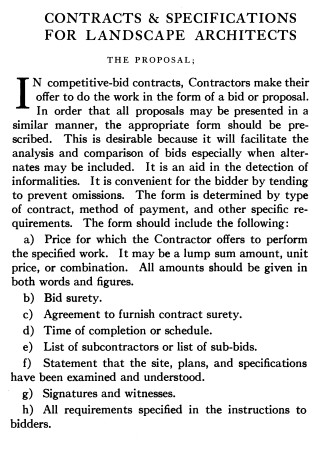
Landscape Architects Contract Proposal
download now -
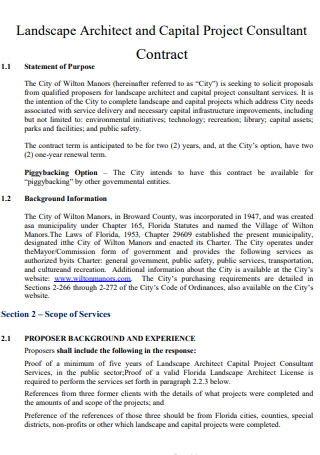
Landscape Project Contract Proposal
download now -
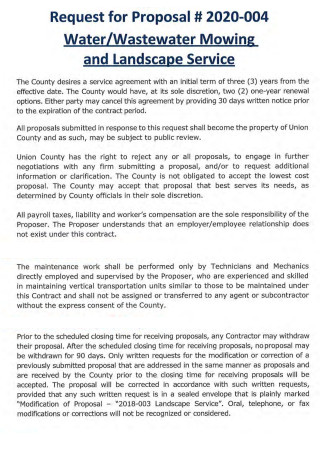
Wastewater Landscape Contract Proposal
download now -

Landscape Grading Contract Proposal
download now -
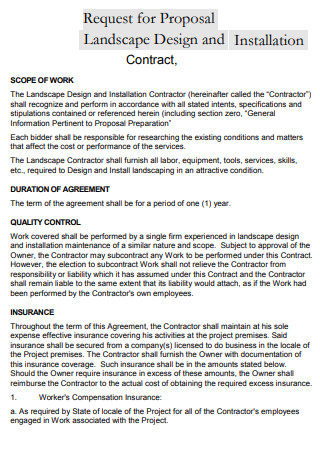
Landscape Design Installation Contract Proposal
download now -

Landscape Irrigation Stradard Contract Proposal
download now -
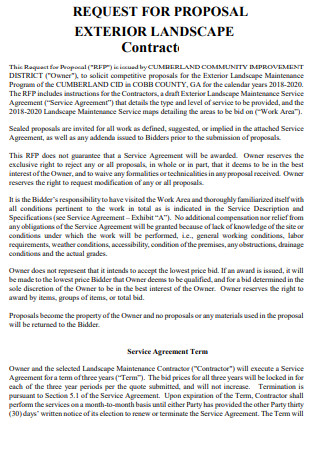
Exterior Landscape Contract Proposal
download now -

Landscape Contract Specification Proposal
download now -
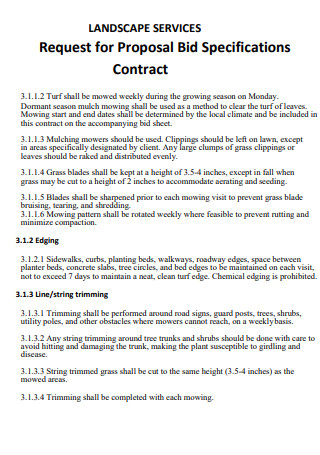
Landscape Contract Bid Proposal Specification
download now -

Providing Landscape Maintenance Contract Proposal
download now -
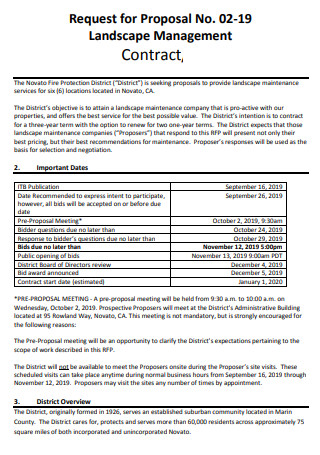
Landscape Management Notice to Contract Proposal
download now -
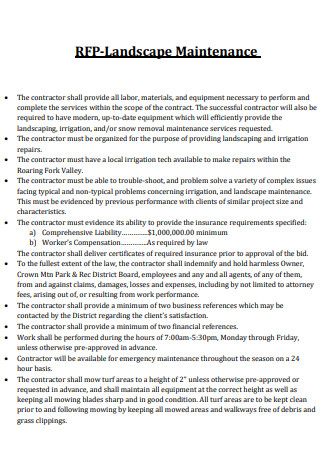
General Landscape Contract Proposal
download now -
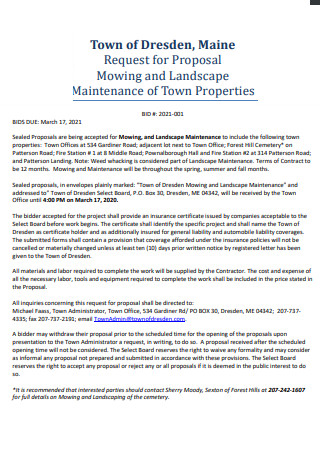
Mowing and Landscape Maintenance Contract Proposal
download now -
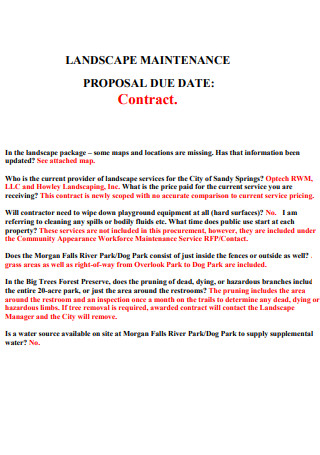
Basic Landscape Maintenance Contract Proposal
download now -
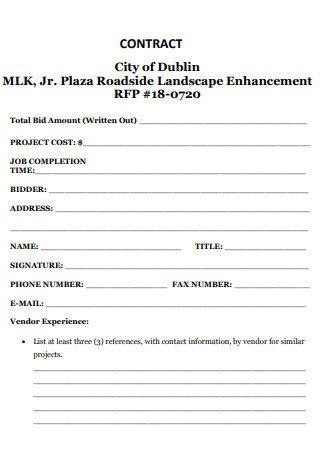
Roadside Landscape Contract Proposal
download now -
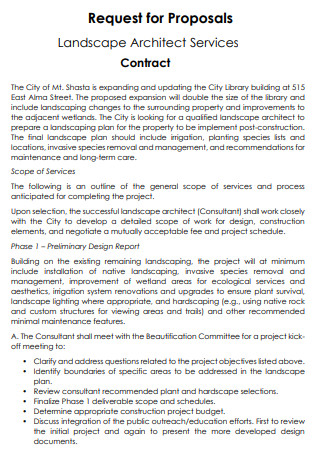
Landscape Architect Services Contract Proposal
download now -
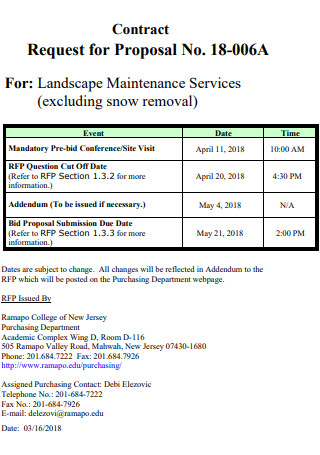
Landscape Snow Removal Contract Proposal
download now -
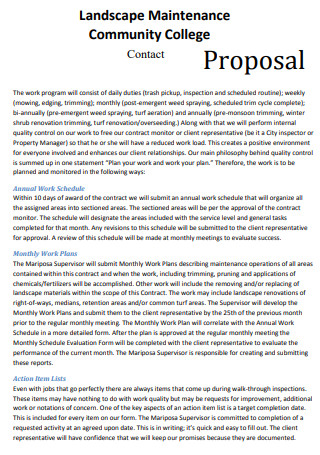
College Landscape Contract Proposal
download now -

Multisite Landscape Contract Proposal
download now -
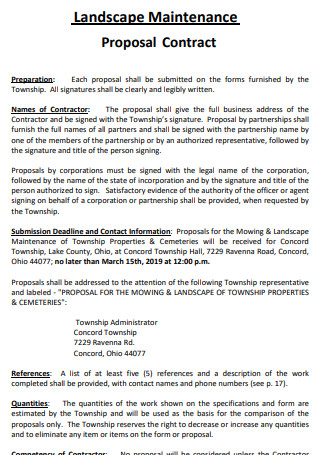
Landscape Contract Legal Notice Proposal
download now -
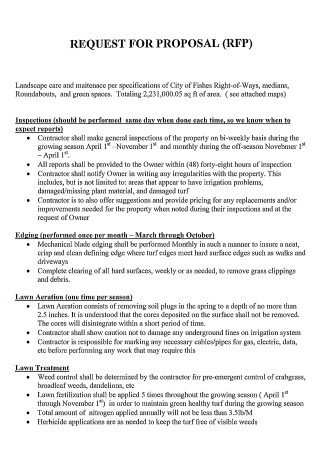
Landscape Contract Proposal Example
download now -
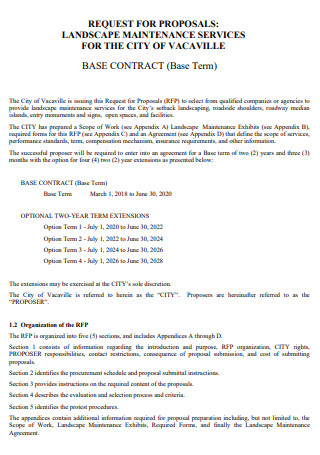
Landscape Base Contract Proposal
download now -

Historic Landscape Contract Proposal
download now -
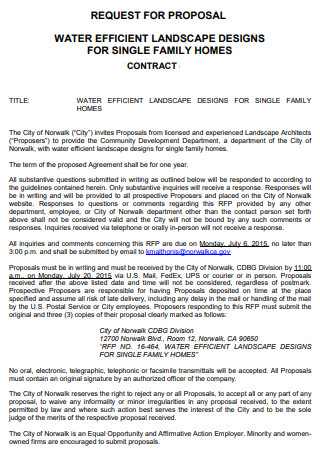
Water Efficient Landscape Contract Proposal
download now -
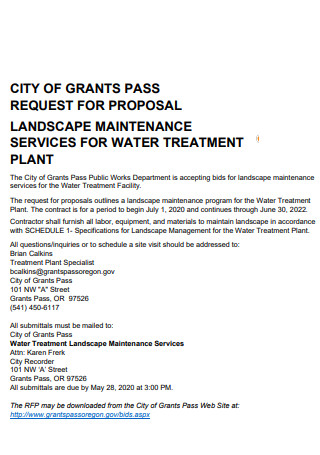
Landscape Contract Proposal for Treatment of Plant
download now -
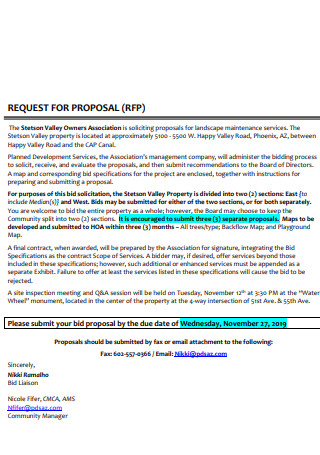
Landscape Contract Request for Proposal
download now -
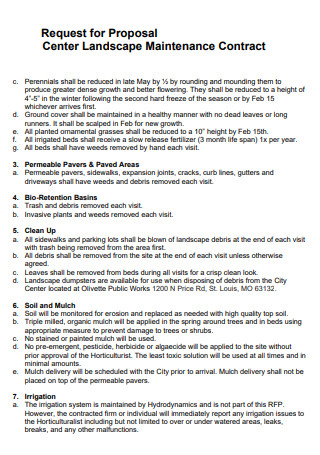
Standard Landscape Contract Proposal
download now -
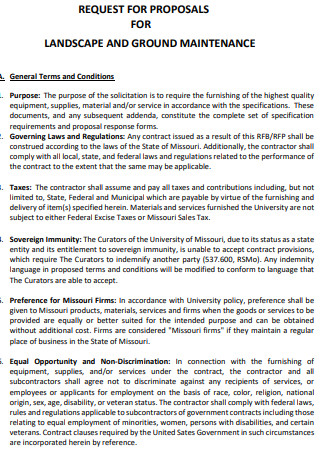
Landscape Ground Maintenance Contract Proposal
download now -
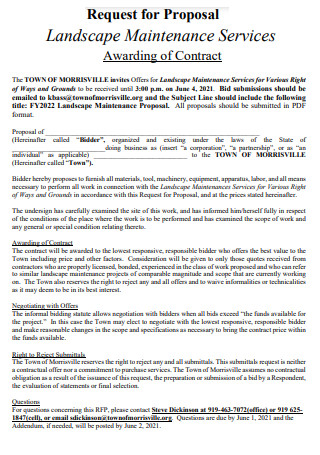
Landscape Awarding of Contract Proposal
download now -
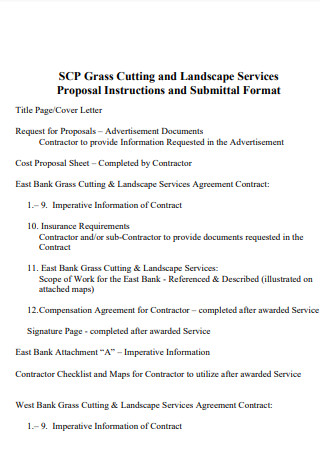
Landscape Contract Proposal Format
download now -
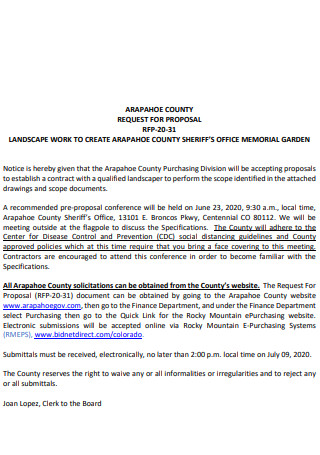
Landscape Work Contract Proposal
download now -
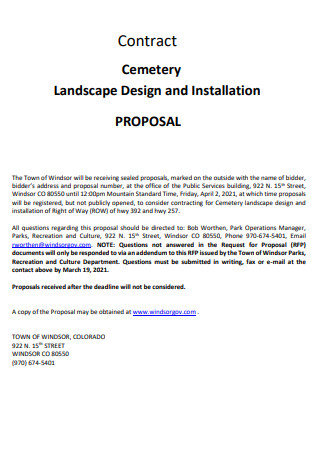
Cemetry Landscape Design Contract Proposal
download now
FREE Landscape Contract Proposal s to Download
46+ SAMPLE Landscape Contract Proposal
What Is a Landscape Contract Proposal?
What’s Inside a Typical Contract Proposal?
Steps in Writing a Landscape Contract Proposal
FAQs
Expertise in horticulture is needed when landscaping. But what is horticulture?
How important is harmony in landscaping?
What is an example of a landscaping mistake?
What Is a Landscape Contract Proposal?
First of all, let’s get familiarized with what landscaping is. By definition, landscaping refers to any and all activities that comprise modification of the features of an area or features of the land that we usually see with our eyes, which can consist of living elements or abstract elements. It may also be referred to as the practice of planning, laying out, and construction of gardens or any other types of things that make the outdoor areas of a home or a building very pleasing to the eye as well as opening up any usable space for all sorts of outdoor events. As stated earlier, this has already been in practice by humans since early history. Horticultural knowledge is usually needed and is an advantage when someone enters this practice.
A landscape contract proposal is a legal document that parties use to formalize a relationship with a landscaping services firm or person for a landscaping project. It is a type of document that contains information on an offer or a proposal to continue working on a project or to start an entirely new one. This document may also function as a marketing opportunity for the landscaping contractor by offering general information about the service firm that is making an offer to the individual, or it may even contain different success stories to lure its target into securing a deal.
What’s Inside a Typical Contract Proposal?
Writing a landscape contract proposal (or any contract proposal for that matter) can be a complicated task to do since it consists of many different elements that you should keep in mind. With that being said, here are some of those elements:
Steps in Writing a Landscape Contract Proposal
As stated earlier, writing a landscape contract proposal can be a tricky process, especially for beginners since it can involve a lot of important elements during the process. When you begin drafting this type of contract proposal, here are a few steps that you have to follow for it to be effective:
1. Identifying the Parties Involved
The first step of writing the landscape contract proposal is the identification of the parties involved in the document along with their respective roles and responsibilities. In the case of the landscape contract proposal, the parties that are involved are the client and the contractor company. The role of the contractor company is to render their services to the client in accordance with the written terms, specifications, and any form of illustrations that may guide the contractor during their task. The role of the client in this contract is to provide any and all types of information that will be necessary for the contractor to carry out their task effectively.
2. Writing the Main Terms of the Proposal
After identifying the parties involved in the landscaping contract proposal, this is the next step to follow. The main terms of this proposal include the cover letter, the summary, the goals of the project, the methodology needed, and the duration and cost of the project. The cover letter serves as an opportunity to market the company’s services to their prospective client and is an important step to winning the bid. The summary should emphasize how the contractor company can alleviate the problems that the client currently has. The methodology part states how the goals that are stated are going to be achieved, and finally, the project time and cost section should state how long the project is going to take and how much is it going to cost.
3. Writing the Secondary Terms of the Proposal
After writing the main terms of the contract proposal, the secondary terms will then follow. The secondary terms of the proposal include the responsibilities of both parties, the terms to follow during termination, the benefits section, the liabilities section, and the signatures section. The responsibilities part of the proposal should state the roles and responsibilities that each party has in order for the project to be effective. The guidelines for termination should dictate what are the grounds for the termination of the contract proposal and the things that need to be done during the termination process, the benefits section of the proposal should state the advantages that the parties can have when working with each other, the liabilities section should state who is liable for any damages that have happened, and the signatures section (also called the acceptance section) should contain spaces for the parties involved to affix their signatures as well as their names and the date of signature.
4. Verifying and Concluding the Proposal
After writing the secondary terms of the proposal, follow through with this step, which will serve as the last. After drafting the entire proposal, it is important that you get it verified to see if there are any shortcomings that are present. Someone who can verify it can be a lawyer since they generally have expertise regarding these types of contracts. When the verification process is complete, then the writing process of the document comes to a conclusion.
FAQs
Expertise in horticulture is needed when landscaping. But what is horticulture?
Horticulture is defined as the cultivation of plants in gardens for the production of food and medicinal substances, as well as for comfort and decorative purposes. Horticulturists are agriculturists who develop attractive trees and lawns, as well as flowers, fruits and nuts, vegetables, and herbs. Horticulture, unlike agriculture, does not contain intensive crop cultivation or large-scale crop production. Horticulture instead emphasizes the utilization of small plots with a broad range of mixed crops, whereas agriculture focuses on one major core crop at a time.
How important is harmony in landscaping?
Harmony is important since helps different elements of the landscape look similar and unified. The features and places of the landscaping items, whether in your home or elsewhere, should complement one another. When the landscape architect begins the design, this produces harmony and calm in his mind. It also enhances the overall aesthetic attractiveness of the place to be constructed. When there is harmony, it is easier to create and change the entire environment.
What is an example of a landscaping mistake?
A very heavy mistake that one can make when landscaping is not having a plan. Don’t begin a landscaping job unless you have a strategy. Things you can do when planning a design include choosing a topic or style and then sketching it out on paper, determining the best location for your plants in relation to the design and style of your home, and looking for methods to bring the interior out so that when you’re done, you have a wonderful, harmonized design. Additionally, don’t forget to consider your budget, and stick to it after you’ve arrived at the nursery. You and your landscape project will benefit if you stick to the strategy.
When you want to improve the appearance or the practicality of the surroundings around your home or establishment, landscaping services may be all you need, and in order to enlist a company’s expertise, you may want to enter into some kind of proposal and agreement. And as stated earlier, the purpose of this type of document is to make the services of the landscaping company known to the prospective client by listing all their advantages which may prove to be the bait that the client will take so that an agreement will then be entered. When written well, the process should go smoothly. In this article, plenty of examples of this type of document exist for you to have a reference should you need to make one for yourself.
